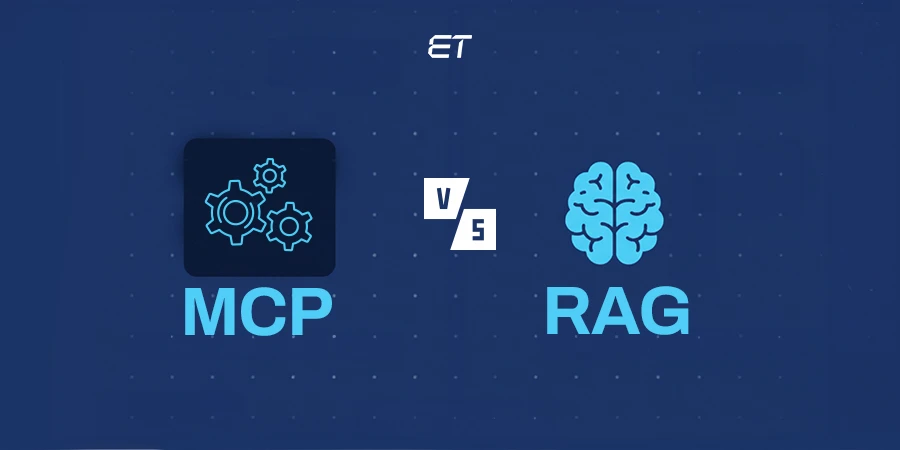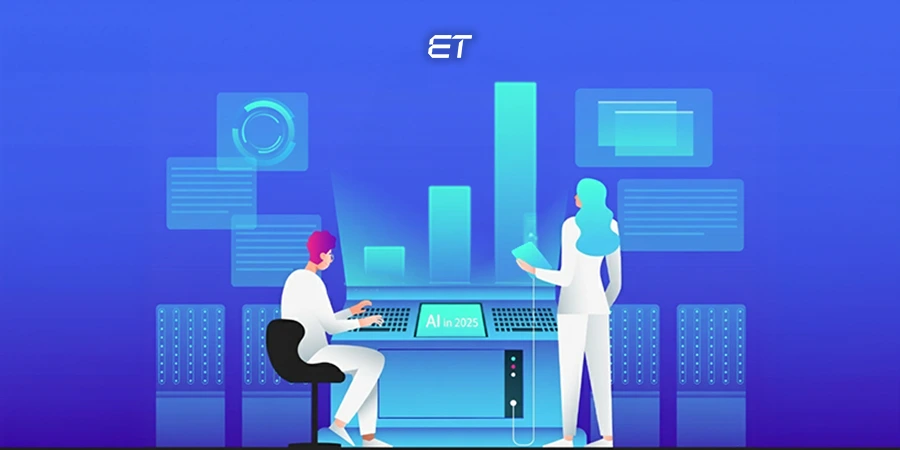
LLM vs Generative AI: Decoding the Concepts for Smarter Decisions
- Comparing LLM vs Generative AI shapes your team’s delivery speed and innovation potential.
- LLMs specialize in text; Generative AI covers text, images, audio, and video.
- Generative AI creates content from scratch (pixel-by-pixel); LLMs predict and generate text using token inference.
- LLMs are easier to deploy; Gen AI demands more computation and fine-tuning.
- Use Gen AI for creative, immersive content; LLMs shine in text-heavy, knowledge-driven workflows.
- Choose based on your goal: text-driven automation or rich, multi-format creation.
Automation isn’t optional anymore, it has become the new normal. That’s why LLMs and gen AI have become indispensable parts of your daily workflow.
‘But amidst innovation and planning, you might ask yourself – how do LLM vs Generative AI compare? How are they technically different?
You need to understand what sets them apart to figure out the ideal AI tech stack for your business. LLMs understand and produce human-like text, handling related tasks. Generative AI goes a step further, creating images, videos, music, code, and more.
This guide breaks down where LLMs excel, where Gen AI outpaces them, and how to choose the right tech for real-world business impact.
Need help choosing the right AI model?
What is a Large Language Model (LLM)?

An LLM is an artificial intelligence model that exclusively understands and generates human-like language. LLMs are AI models built to understand and generate human-like text: nothing more, nothing less. They power tools like chatbots, virtual assistants, summarizers, and email generators. In short, LLMs are a powerful subset of generative AI.
LLMs also handle natural language processing (NLP) tasks like summarization, translation, classification, and text generation. Software engineers train these models on massive datasets, including books, websites, and articles, to equip them with grammar, context, and tone.
Let’s understand how LLMs work:
- LLMs use transformers and attention mechanisms to recognize patterns and relationships between words.
- Transformers are neural networks designed for fast, context-aware language processing. Attention mechanisms focus on relevant words in a sentence to understand context and meaning.
- Deep learning helps to predict what word (or sentence) should come next in a sequence.
- When you enter a prompt, they analyze it and respond based on the training data.
While LLMs don’t truly “understand” language, they simulate understanding by matching learned patterns. It’s like smart autocomplete, but capable of writing essays, answering questions, or summarizing documents.
Popular LLM examples include GPT-4 (OpenAI), Claude (Anthropic), and LLaMA 4 (Meta).
What is Generative AI?
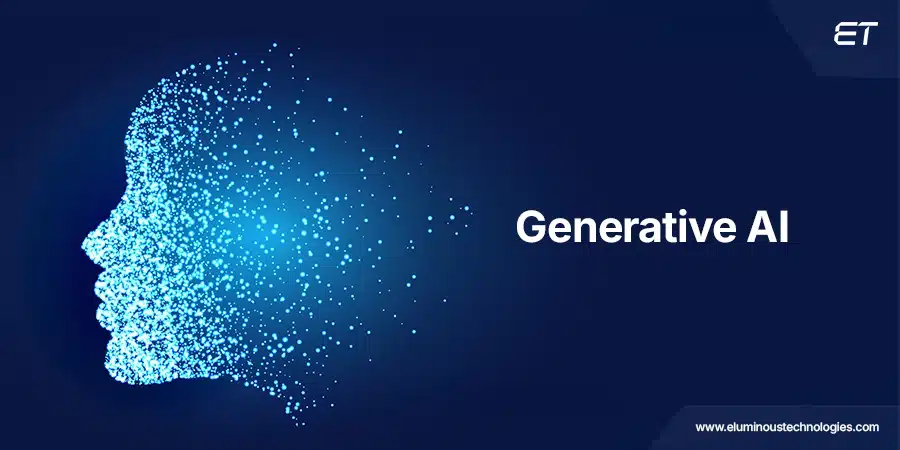
Generative AI is a branch of artificial intelligence focusing on creating new content like text and images. These systems use deep learning and neural networks to detect patterns in massive datasets. Gen AI replicates those patterns for creative outputs later.
Once trained, they can produce original outputs that closely resemble human-created content. This includes human-like text, realistic images, original music, lifelike videos, and functional software code.
Generative AI uses these standard models to operate:
- LLMs – For generating and understanding text.
- GANs (Generative Adversarial Networks) – For generating images and deepfakes.
- Diffusion Models – For high-quality image and video generation.
- Transformers – A neural network architecture for processing sequential data, like text, by focusing on the relationships between sequential parts.
At the heart of generative AI lies the foundation model, a large-scale neural network trained on enormous datasets. This model enables generative AI to produce high-quality and contextually relevant content.
So, teams can fine-tune these foundation models for specific tasks like preparing reports, storytelling, and crafting product copy.
In business, generative AI is a game-changer as it automates the creation of marketing materials, emails, reports, and product descriptions. This allows teams to scale content production without sacrificing quality.
Some popular generative AI tools include Gemini for text generation, Midjourney for images, and Runway for videos.
Curious how generative AI can impact software development?
LLM vs Generative AI: 5 Key Differences Business Leaders Must Know About
By now, it’s clear that LLMs are a subset of Generative AI, not a competing technology. But, there are technical differences you need to know.
Here’s a brief LLM vs Generative AI comparison table discussing how they differ.
| Comparison Factor | LLMs (Large Language Models) | Generative AI |
| Modality |
|
|
| Real-Time Response |
|
|
| Computational Power |
|
|
| Complexity |
|
|
| Applications |
|
|
Now, we’ll dive into the core LLM vs Generative AI details, so that you can implement them better.
1. Modality

The first LLM vs Generative AI comparison factor is modality, the type of data AI models can process and generate.
LLMs are unimodal and work exclusively with text. They’re trained to understand and generate language, making them highly effective for tasks like summarization, translation, and content creation. However, LLMs can’t directly interpret or create images, sound, or video.
In contrast, Generative AI is often multimodal, meaning it can work across multiple types of data:
- They can create content across diverse formats like text, code, video, and audio.
- The multimodality enables more versatile and human-like interaction.
For example, a multimodal model could process a voice command, interpret an image, and respond with both text and visuals.
2. Complexity

The next LLM vs Generative AI comparison point is how they handle complex tasks or prompts.
LLMs operate in the text domain and are designed to process nuanced language:
- They understand context, intent, and semantic relationships in text inputs.
- Ideal for reasoning, summarization, coding, answering questions, and sentiment analysis.
LLMs handle complex tasks by breaking text into tokens, focusing on essential words, and understanding patterns through deep learning.
However, their complexity threshold depends on training data, model size, and prompt design. Without fine-tuning or external tools, their performance can decline for highly complex tasks.
For Generative AI, handling complex tasks across modalities like text, audio, and video is more convenient:
- Gen AI tools achieve it by combining deep learning models with large, diverse datasets across multiple formats.
- Tasks include creating realistic images, generating long-form content, producing music or videos, and simulating human behavior.
Such cross-domain capabilities make generative AI more powerful than LLMs. However, handling multiple data types requires complex architectures and larger datasets. This aspect makes Gen AI platforms harder to train, optimize, and deploy than LLMs.
3. Computational Power

Computational power is basically the resources required to perform tasks efficiently, and it is crucial when evaluating LLMs vs Generative AI. Business leaders may prefer choosing technologies that need less computational power to save time and costs.
But, it’s not as cut and dried as it seems. Let’s look at the computational requirements of LLMs:
- Requires high computational power during training due to billions of parameters and large datasets.
- Once trained, LLMs run efficiently and handle tasks like text generation, summarization, and answering questions with minimal computing power.
Moreover, smaller, optimized LLMs are lightweight enough to run on edge devices like smartphones and tablets. They also run on low-resource systems like microcontrollers, and entry-level laptops or PCs.
On the other hand, Generative AI requires moderate to high computational resources, especially for image, audio, or video generation.
- These tasks involve complex data synthesis (e.g., pixel-by-pixel or frame-by-frame), demanding more memory, processing speed, and runtime.
- Multimodal models combining text, vision, and audio further increase compute needs.
In essence, generative AI offers broader capabilities but comes with heavier computational requirements than LLMs.
4. Real-Time Response
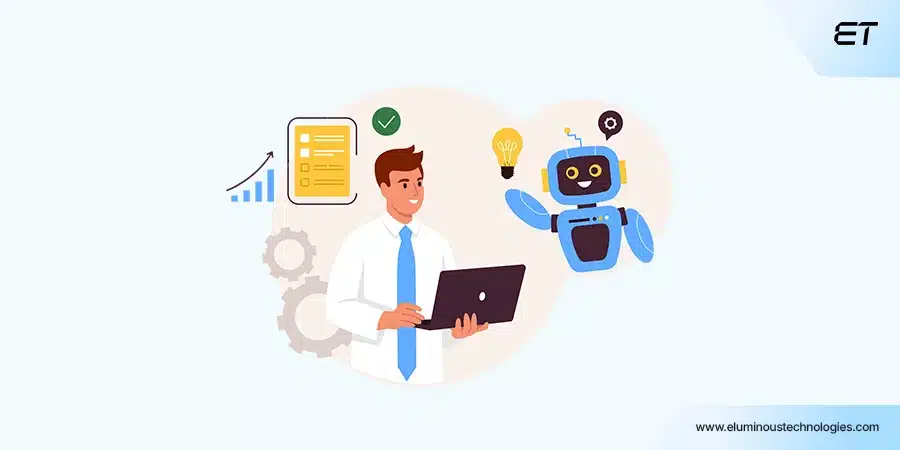
Did your team just discover a major bug when the deadline is nearing its end?
During such time crunch situations, AI can be a lifesaver via quick bug fixes or content tweaks. That’s why analyzing the real-time response between LLM vs Generative AI is so essential.
LLMs are specifically designed for fast, token-based inference, making them highly effective for real-time text-based tasks.
- Token-based inference generates text one token at a time, predicting the next word based on prior context and learned patterns.
- LLMs can generate responses in milliseconds, depending on the model size and hardware used.
- Their pre-trained capabilities and inference mechanisms result in quick, accurate outputs.
As a result, LLMs provide a low-latency, high-speed user experience, ideal for generating quick responses.
Generative AI, on the other hand, varies significantly in response time based on the type of content being generated.
- Tasks like image synthesis, audio production, or video generation are computationally intensive and have longer processing times.
- Real-time responses require advanced hardware, model optimization, or preloading techniques to reduce delay.
Therefore, LLMs excel at real-time response, while generative AI trades speed for richer, multimodal output.
5. Real-World Applications
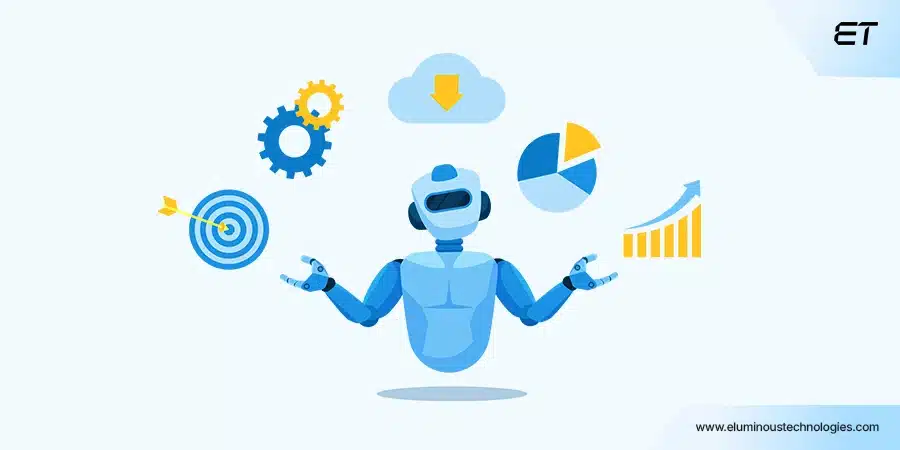
The LLM vs Generative AI debate centers on function: language vs. rich media. Let’s find out more.
LLMs (Large Language Models) are best suited for text-focused, language-intensive tasks:
- Chatbots and virtual assistants for customer support.
- Email drafting, report writing, and content summarization.
- Code generation and debugging in development workflows.
- Search and Q&A systems for fast information retrieval across enterprise data.
Generative AI extends far beyond text, unlocking rich, creative outputs across media formats:
- Image generation for marketing, branding, and ad design.
- Video synthesis for product demos, storytelling, and simulation.
- Voice cloning and music composition for entertainment or virtual experiences.
- Medical image generation for training, diagnosis support, and enhancing radiology model accuracy.
Thus, LLMs enhance operational efficiency in language-based tasks, while generative AI unlocks creative possibilities across design, media, and interrelated domains.
Explore how our AI solutions drove a 20% sales boost!
LLM vs Generative AI: Addressing Challenges and Ethical Concerns

After placing LLM vs Generative AI head-to-head, it’s evident that they can set any business ahead of the pack. Nevertheless, LLMs and generative AI raise complex risks that demand rigorous safeguards and continuous oversight.
Here’s a breakdown of such issues and their solutions.
| Category | Generative AI vs. LLM Challenges | Solution |
| LLMs | 1. Hallucination or generating factually incorrect content. | Reinforce models with verified data and retrieval-augmented generation (RAG). |
| Bias in language or tone. | Use diverse training datasets and bias evaluation tools. | |
| Data privacy from training on public inputs. | Employ data filtering, anonymization, and user consent protocols. | |
| Generative AI | Deepfakes and misuse of generated visuals. | Add watermarks, content authentication, and detection tools. |
| High resource consumption/environmental impact. | Optimize models and adopt energy-efficient hardware. | |
| IP/copyright concerns with generated content. | Use licensed data and enable rights management systems. |
Thus, business leaders should embed ethical review and bias testing into every stage of AI development to ensure responsible innovation. It’ll help in building a refined Generative AI vs LLM adoption strategy.
Safeguard your business from AI security risks
LLM vs Generative AI: Final Thoughts
Understanding the LLM vs Generative AI differences determines how far your AI development initiatives go. It will decide how fast and innovatively the team delivers projects.
LLMs are your go-to for language-heavy tasks like summarization, knowledge retrieval, and internal automation. However, Generative AI is suited for design, video, medical imaging, and creative content generation.
So, you must align AI choices with specific business goals. Use LLMs for speed and scale, but choose Generative AI for innovation and differentiation. Use each intentionally, and you won’t just adopt AI; you’ll win with it.
Make smarter AI choices. Elevate your business.
Frequently Asked Questions
1. Is LLM better than AI?
Nope. LLMs are just one piece of the AI puzzle. They are great for text, but not better than AI as a whole. Generative AI, for example, handles everything from writing to image and video creation.
2. Is ChatGPT AI or LLM?
ChatGPT is an AI tool powered by an LLM under the hood. It’s basically a chatbot with serious language skills, trained to understand and generate text like a human.
3. What is the difference between AI, ML, DL, and generative AI?
AI (artificial intelligence) is the big umbrella. ML (machine learning) is how machines learn from data. DL (deep learning) is a technique in ML using layered neural networks.
Generative AI? That’s the artist of the group: creating fresh content like text, images, audio, or code from scratch.

